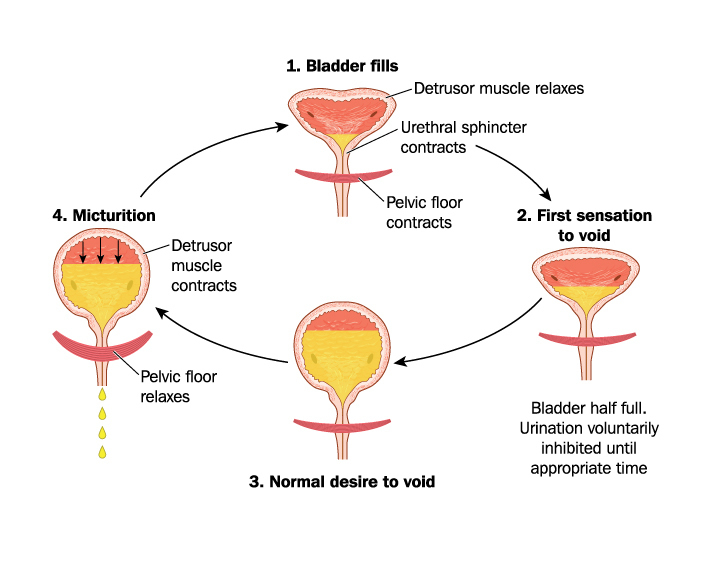
September 10, 2024
Urine Incontinence An Introduction
Stress Urinary Incontinence: Causes, Signs And Symptoms And Therapy From adolescence to menopause, hormone fluctuations can affect the toughness and feature of the pelvic floor muscle mass, typically causing urinary concerns such as tension urinary incontinence (SUI). A big component of this is as a result of maternity, childbirth and menopause. Each of these occasions in a woman's life can result in bladder control concerns. Pregnancy can be a short-term root cause of urinary incontinence and the bladder control concerns usually improve after the child is birthed. Some women experience urinary incontinence after distribution as a result of the stress childbirth takes on the pelvic flooring muscles. When these muscles are weakened, you're more likely to experience leakage problems. Hormonal agent therapy (estrogen) in postmenopausal females alleviates urinary regularity and dysuria and blood flow of bladder tissue boosts and causes enhance the strength of muscles around the urethra [44] Steroid hormonal agents in addition to ecological effects in the urinary system have a main duty in the neural control of peeing process. Nonetheless, the specific mechanism of this activity is unidentified, Kidney infection yet the presence of both types of estrogen receptors in the brain cortex, limbic system, the hippocampus and the cerebellum has been proved [36]Understanding The Link Between Low Estrogen Levels And Urinary Incontinence
These hormone changes can affect bladder feature and urinary system habits, showing up as urinary system symptoms such as boosted regularity, seriousness, or leakage. Low degrees of estrogen and urinary incontinence go hand in hand. As females age and begin approaching menopause, the ovaries reduce the process of making estrogen, and the levels of this female sex hormone naturally decline in the body. [newline] Ultimately, with menopause, the manufacturing of estrogen quits, and this affects the body in many means. Without estrogen, women locate it difficult to keep healthy urologic functions throughout and after menopause. Bladder control for ladies starts along with their final menstrual period and increases after that.Menopausal Hormone Therapy (mht)
People whose urinary incontinence is treated with catheterization also face risks. Both indwelling catheters and periodic catheterization have a variety of prospective issues (see Therapy). Although data worrying urinary incontinence in individuals of various races are sparse, records are arising that race might play an important duty in the frequency and possibility of reporting of urinary incontinence.Is Urinary Incontinence More Common In Females?
Maintaining a healthy body weight can also assist with bladder control. Speak to your doctor regarding the best means to preserve strong pelvic flooring muscular tissues throughout your life. Inexperience of the urethral sphincter mechanism (urethral smooth/striated muscle mass, connective tissue) may result from nonneurogenic conditions (bladder, urethra, prostate gland) or neurogenic reasons.- Also stop the flow of urine in midstream pee causes to reinforce the pelvic floor muscles.
- Nighttime enuresis is the most typical pediatric incontinence condition.
- Until just recently, estrogen, usually as component of a hormonal agent substitute treatment (HRT) routine, was made use of for treatment of urinary system incontinence in postmenopausal ladies.
- Individual campaigning for groups give patients accessibility to information, incontinence products, and doctors who have interest or special experience in these disorders.
Why do I leakage urine after my period?
- Hormones affect hair's natural cycle and structure.Skin problems.Sex-related symptoms.Weight changes.Mood and sleep issues.Digestive distress. Hormone control or birth control medication.Hormone replacement medications.Anti-androgen medications.Vaginal estrogen.Clomiphene and letrozole.Assisted reproductive
- technology.Metformin.Levothyroxine. Antidiuretic hormone('ADH)is a chemical created in the brain that creates the kidneys to launch less water, reducing the quantity of pee produced. A high ADH degree creates the body to generate less pee.


Social Links